
Top Ingredients to Look for When Buying a Body Oil (Especially for Post-Menopausal Skin)
After menopause, your skin often goes through noticeable changes — dryness, loss of elasticity, and sensitivity. This happens because estrogen levels drop, leading to reduced sebum (oil) production and thinner skin barriers. The right body oil can help restore hydration, replenish lost lipids, and improve skin comfort — but only if it contains the right ingredients. As a Black Cardiovascular Scientist, I personally recommend staying away from petroleum - derived oils as they can clog your pores and prioritizing plant - based ingredients.
Here are the top ingredients science supports for post-menopausal skin:
1. Kalahari Melon Seed Oil
Kalahari melon seed oil is rich in linoleic acid (Omega-6), which helps rebuild the skin’s barrier and reduce transepidermal water loss. It’s also packed with antioxidants and vitamins E & C, making it ideal for mature skin that needs nourishment without greasiness.
Why it matters: A 2020 dermatology study showed that linoleic-acid-rich oils improve the skin’s ability to retain moisture and support barrier repair — essential for women over 50.
2. Almond Oil
Sweet almond oil is known for its emollient properties and high content of vitamin E and oleic acid. It softens rough patches, improves skin elasticity, and provides anti-inflammatory benefits.
Pro tip: Look for cold-pressed or unrefined almond oil to preserve nutrients and avoid synthetic additives.
3. Sunflower Seed Oil
Rich in Vitamin E, linoleic acid , oleic acid, antioxidants and lecithin. Clinical trials show that sunflower oil improves skin hydration and supports the formation of ceramides, the lipids that keep the skin barrier intact. It’s light, non-comedogenic, and safe for sensitive skin.
Why it matters: In a 2013 study published in Pediatric Dermatology, sunflower oil outperformed mineral oil in preserving the skin’s natural barrier.
4. Shea Butter (in oil or ester form)
Shea butter contains triterpenes and stearic acid, both shown to have anti-inflammatory and skin-healing properties. For mature skin, it helps restore suppleness and reduces flakiness. When used in a lighter oil form, it gives lasting softness without heaviness.
5. Jojoba Oil
Technically a liquid wax, jojoba oil closely resembles the skin’s natural sebum. It helps regulate moisture balance and may reduce the tight, itchy feeling often reported during post-menopause.
Science tip: A 2018 Journal of Cosmetic Science study showed jojoba improves skin elasticity and micro-relief with consistent use.
6. Squalane (plant-derived)
Squalane is a hydrogenated, stable version of squalene — a lipid naturally found in skin but diminished with age. It locks in moisture and adds a silky feel without clogging pores.
Why it matters: Plant-derived squalane (from olives or sugarcane) provides intense hydration while being non-irritating — ideal for delicate, aging skin.
7. Vitamin E (Tocopherol)
Vitamin E is both a powerful antioxidant and a natural preservative. It helps neutralize free radicals caused by sun exposure and environmental stress, reducing signs of aging and improving overall tone.
Ingredients to Avoid
-
Mineral oils or petroleum derivatives – often clog pores and lack nutrients for barrier repair.
- Parabens and phthalates – potential endocrine disruptors.
Takeaway
When choosing a body oil after menopause, think beyond scent — look for ingredients that feed, protect, and repair your skin. Oils rich in linoleic acid, antioxidants, and vitamins E & C help restore the balance that declining estrogen can disturb.
At Dr.Kanks, our plant-based body oils are formulated with many of these powerhouse ingredients — including Kalahari melon, sunflower, shea, and almond oils — to provide 24-hour hydration and keep post-menopausal skin glowing, supple, and nourished all day long.

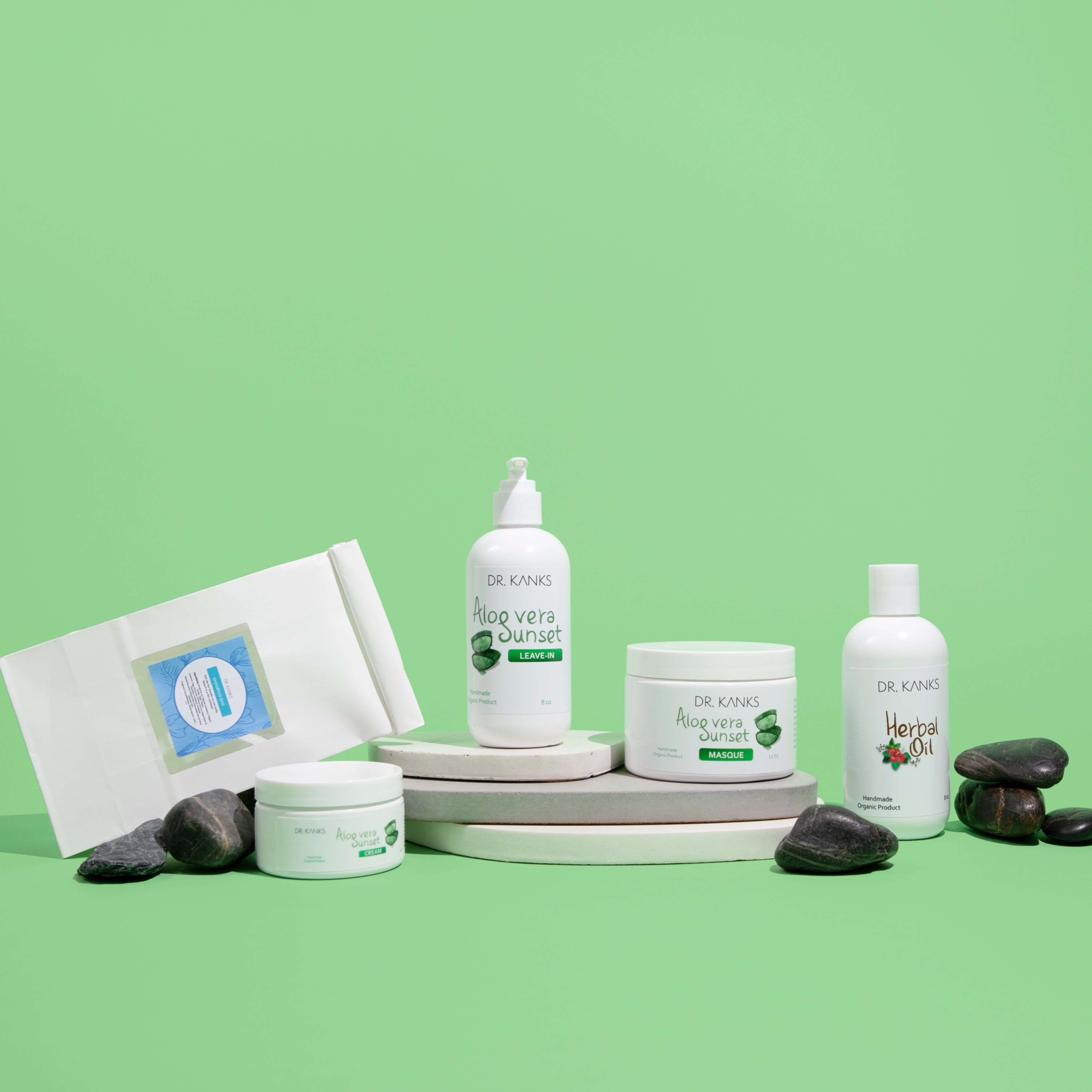
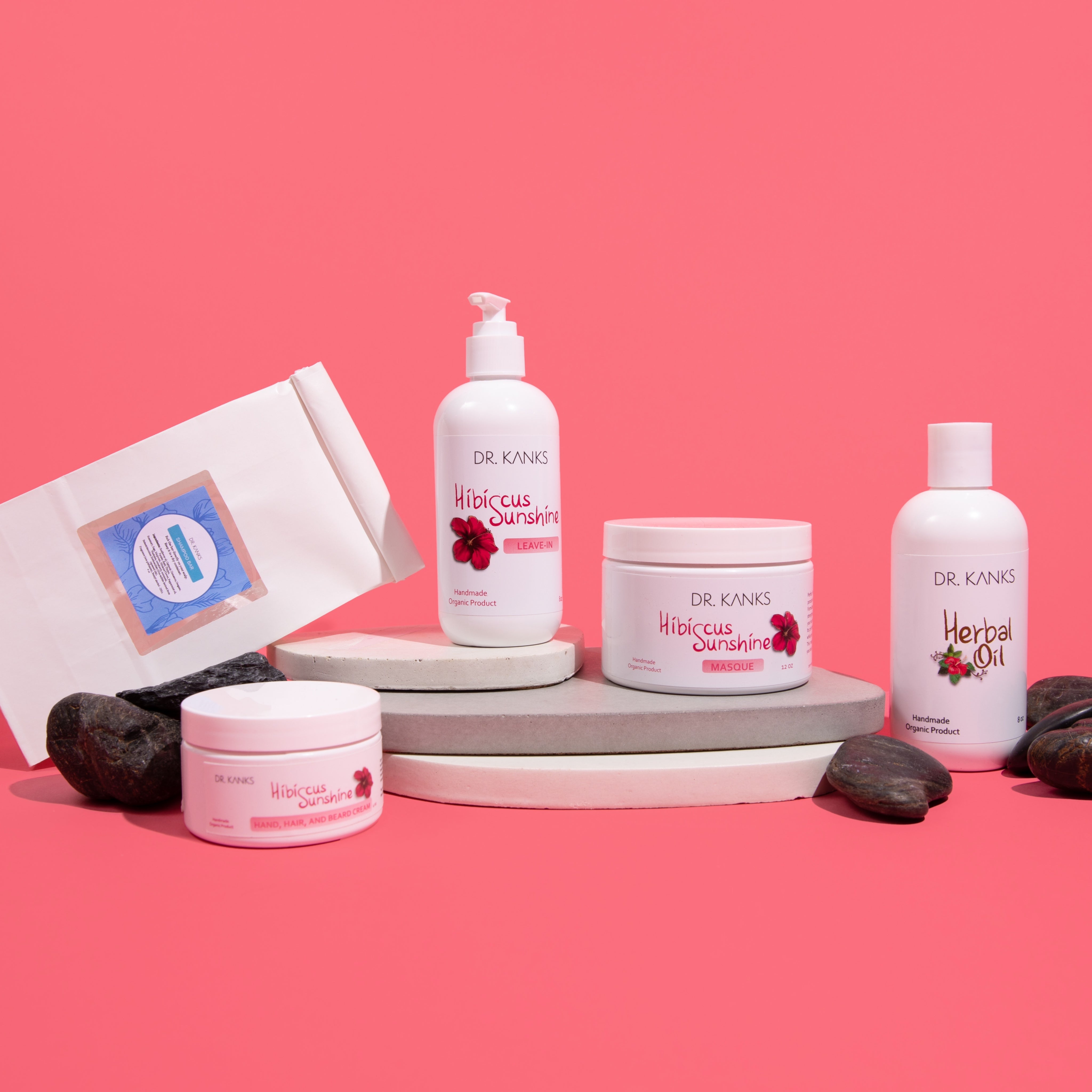
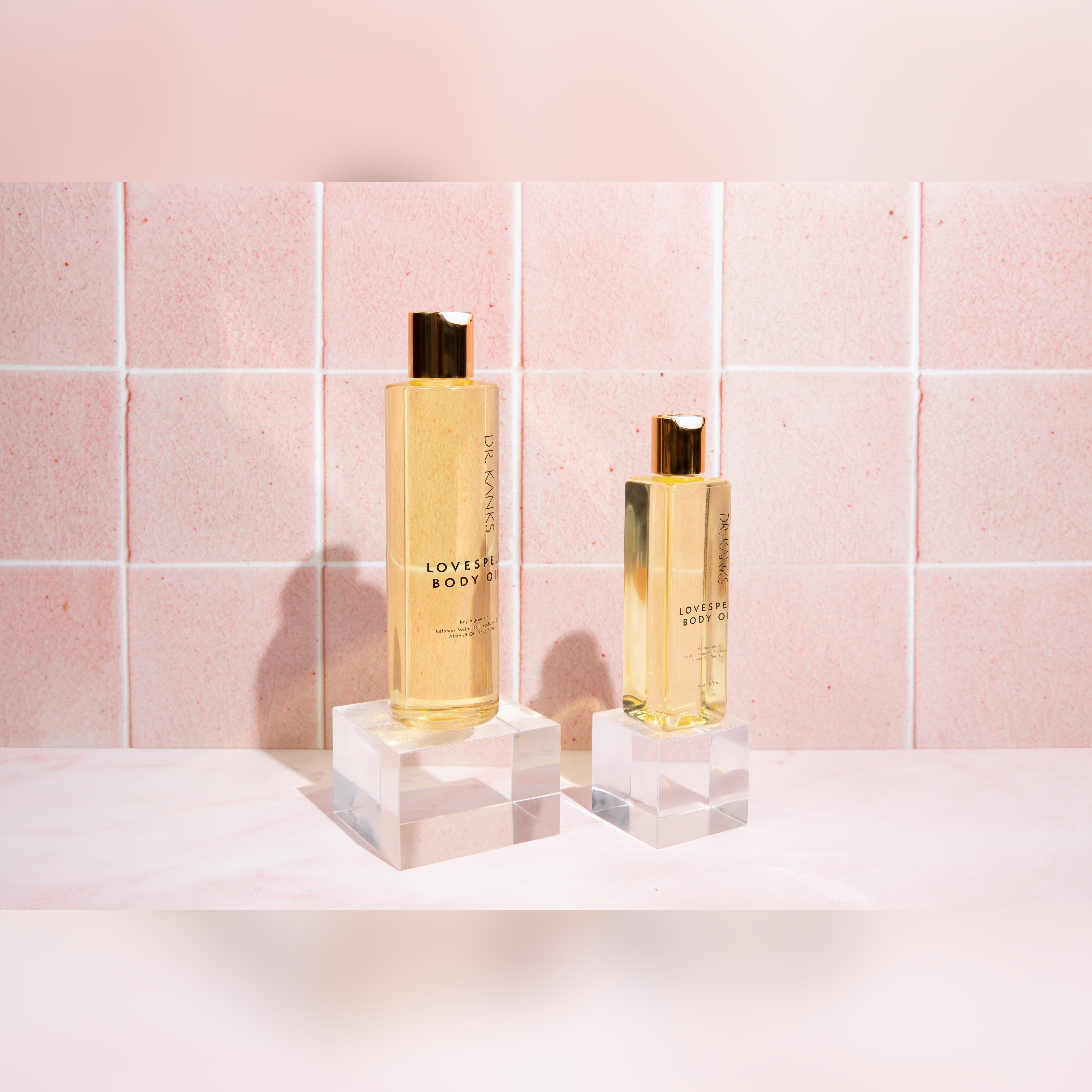

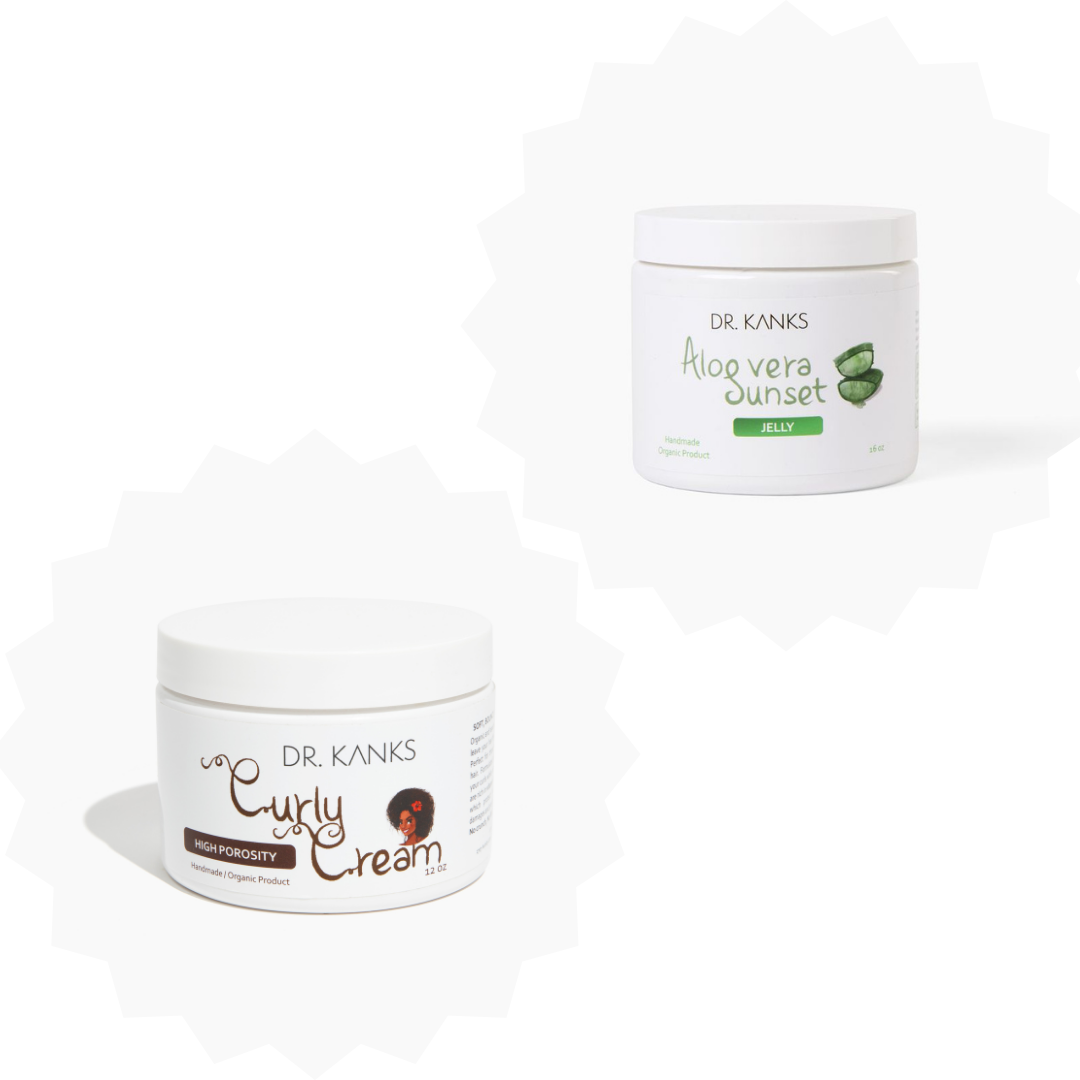

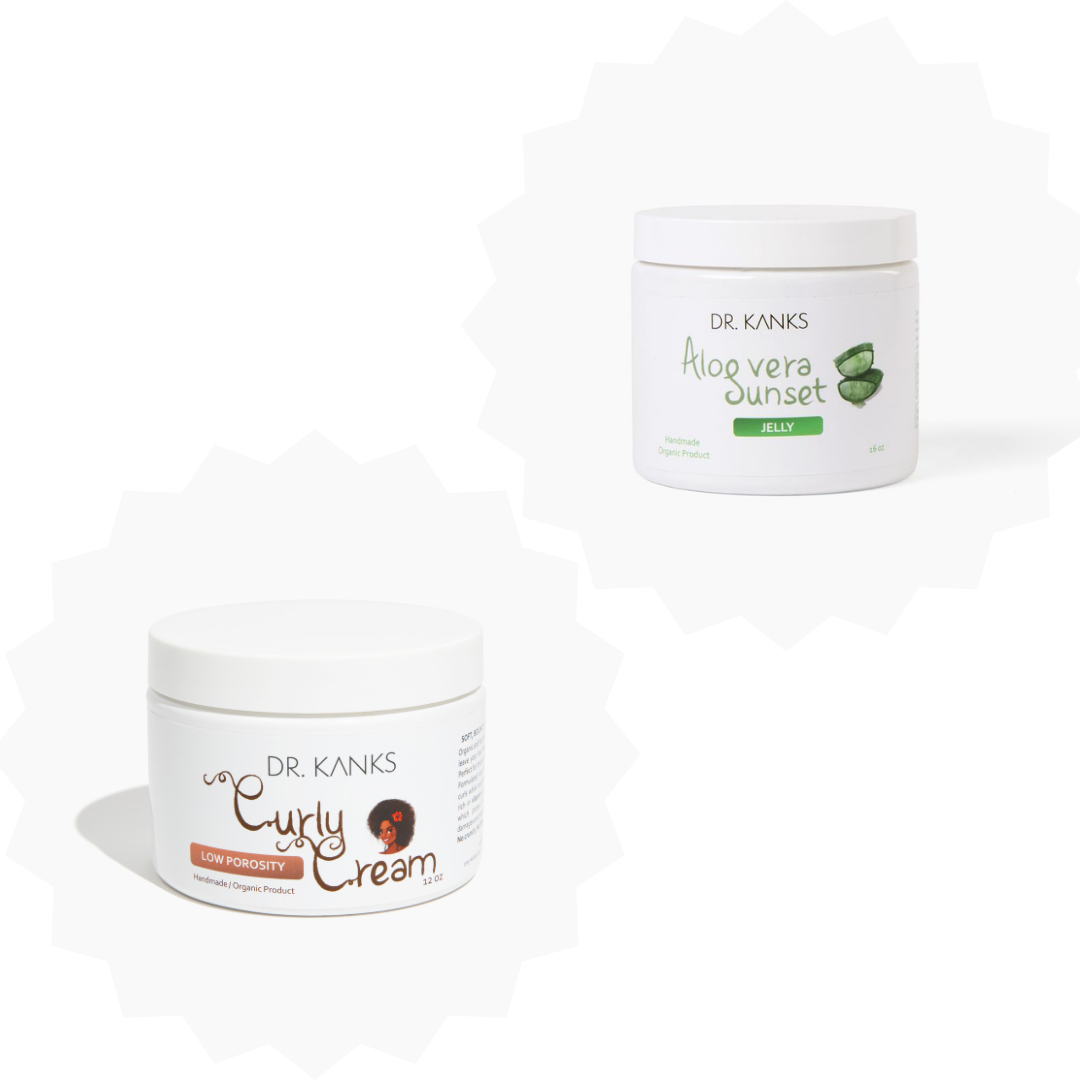
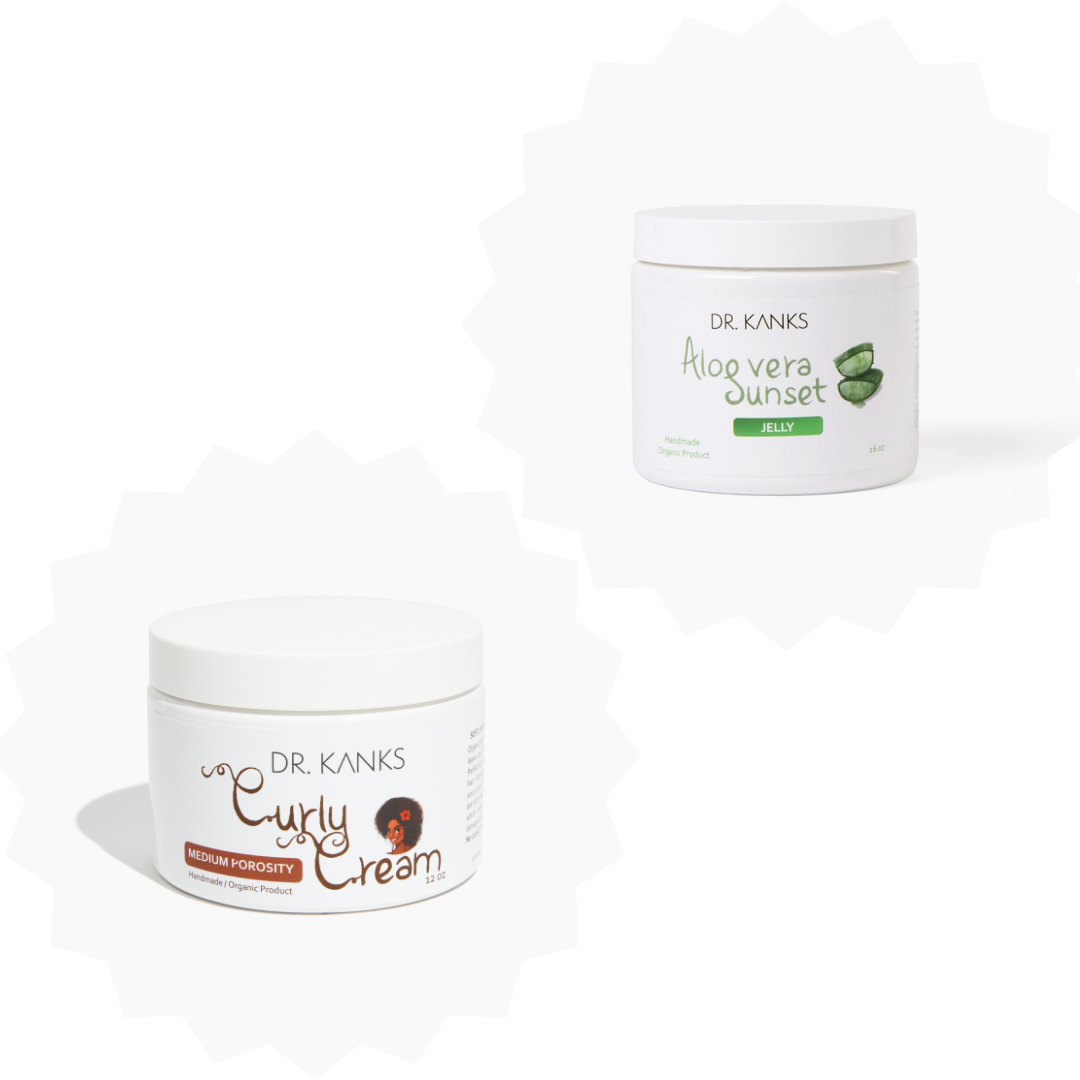
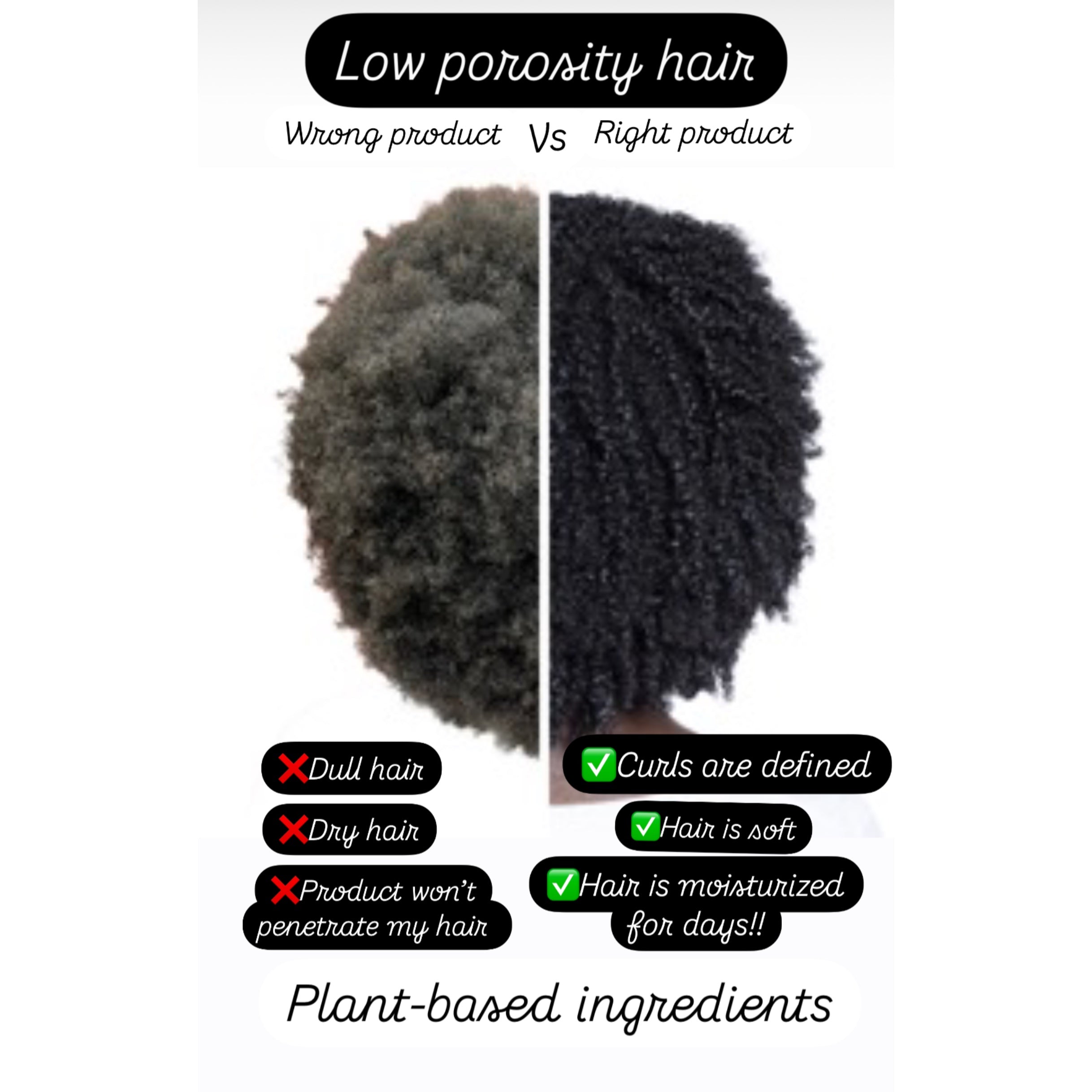

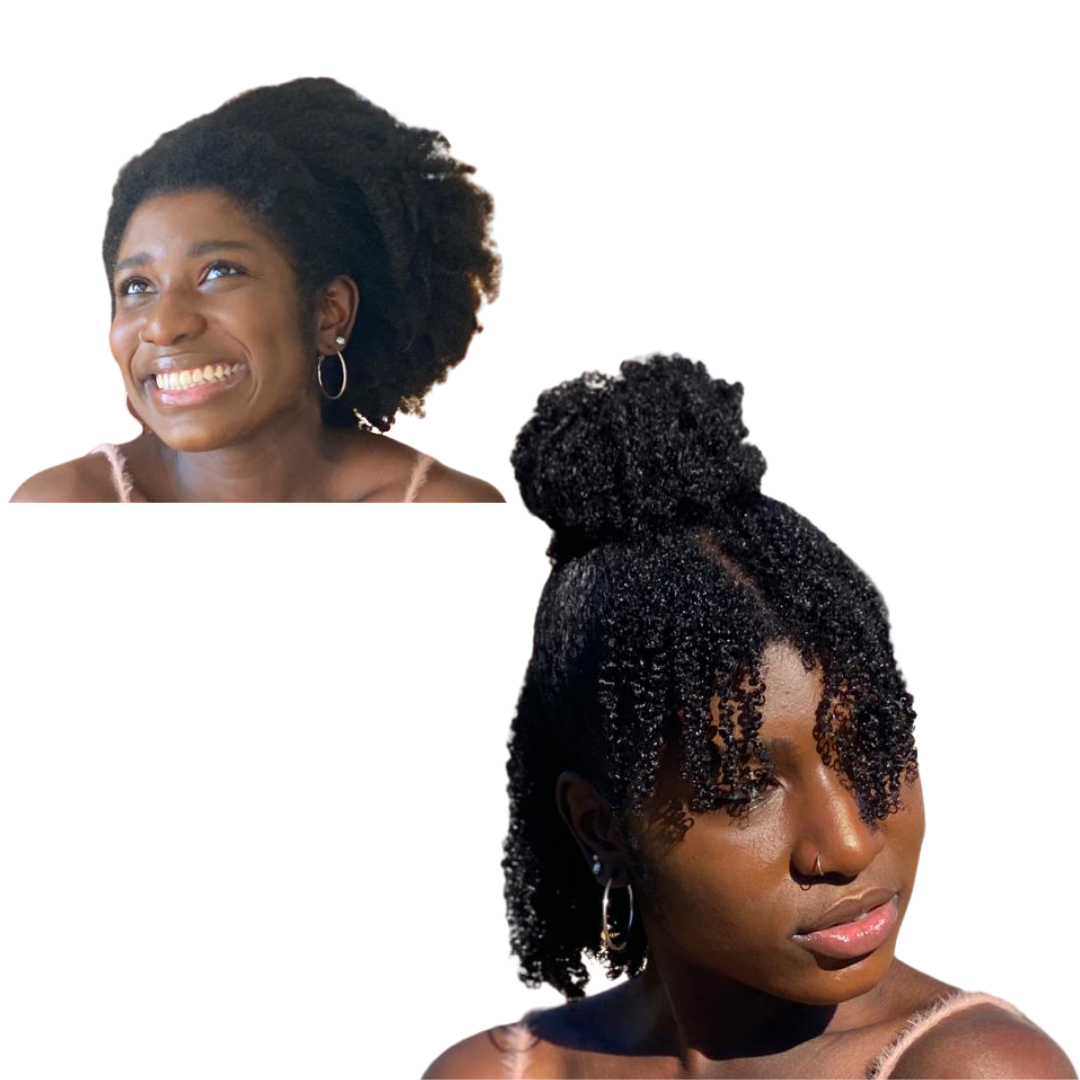
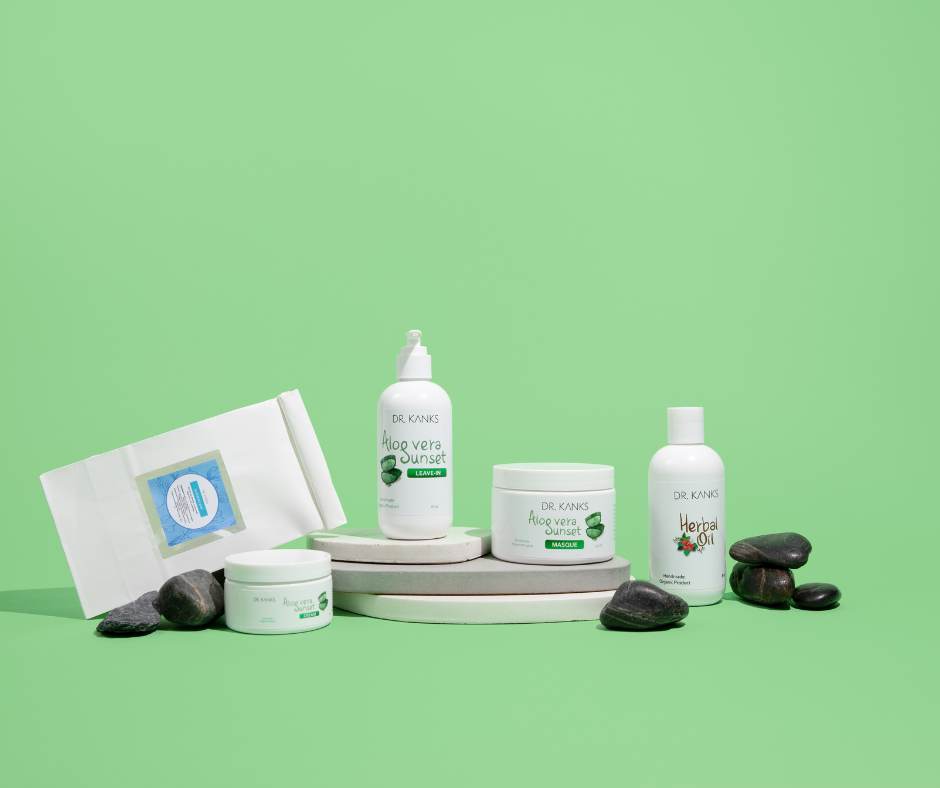
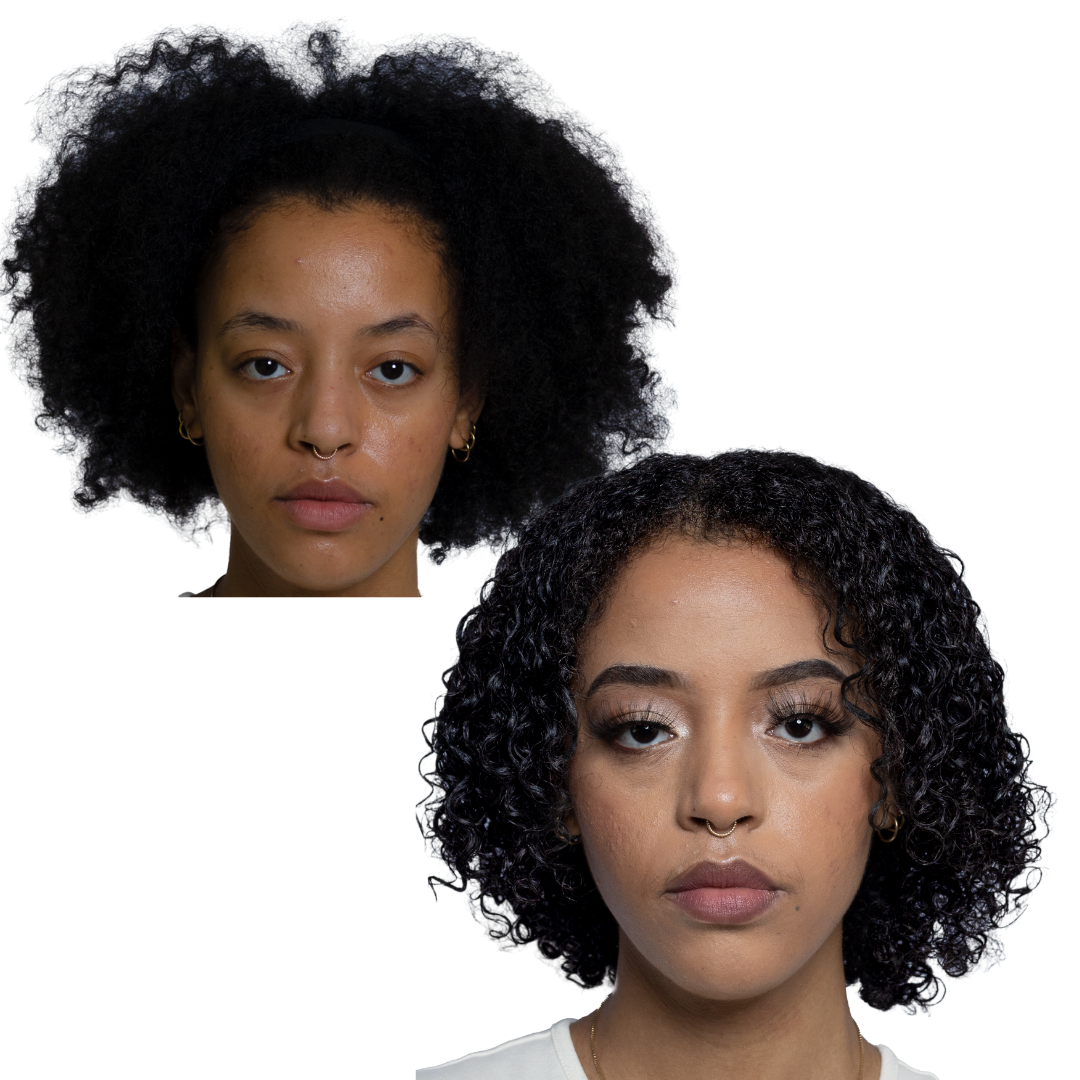
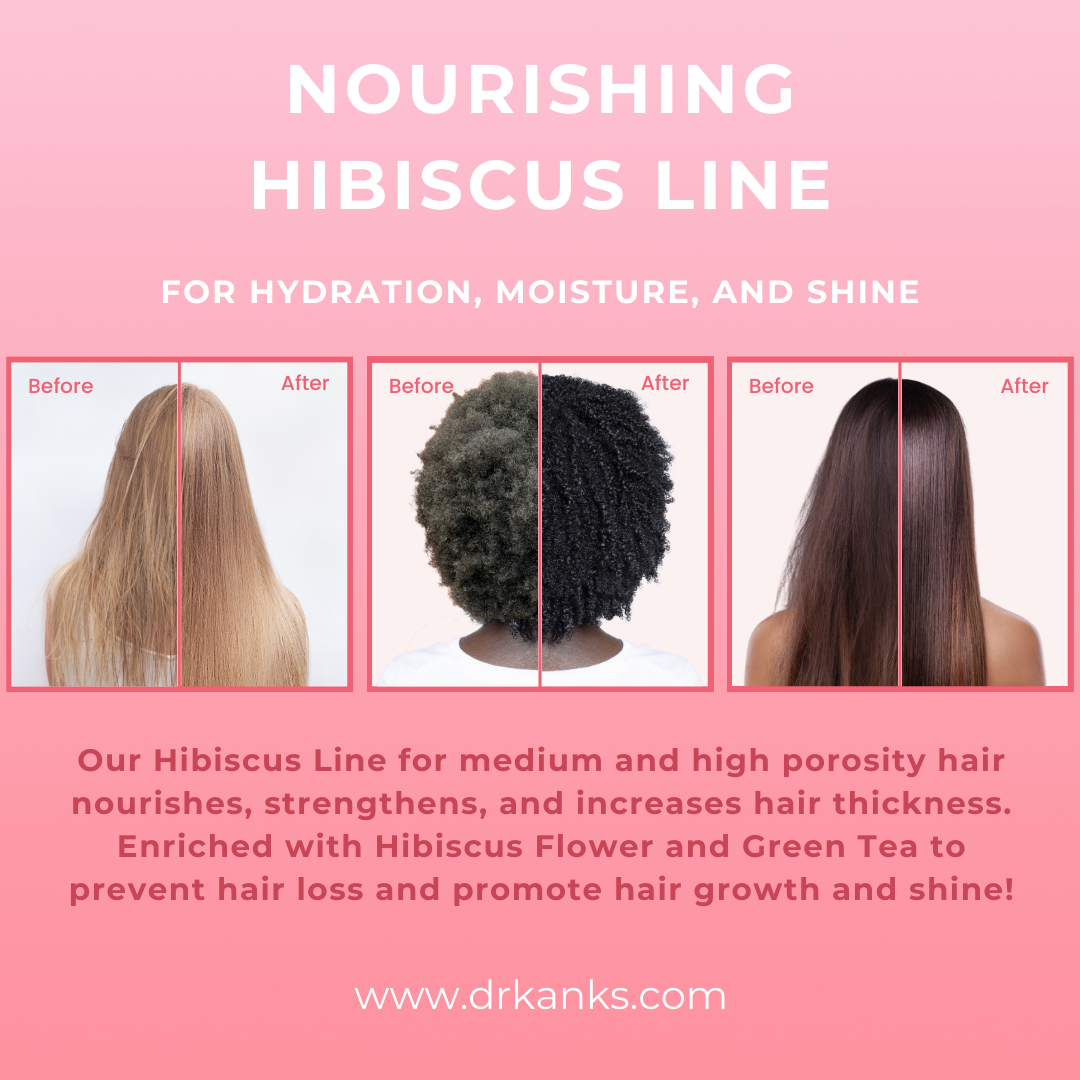
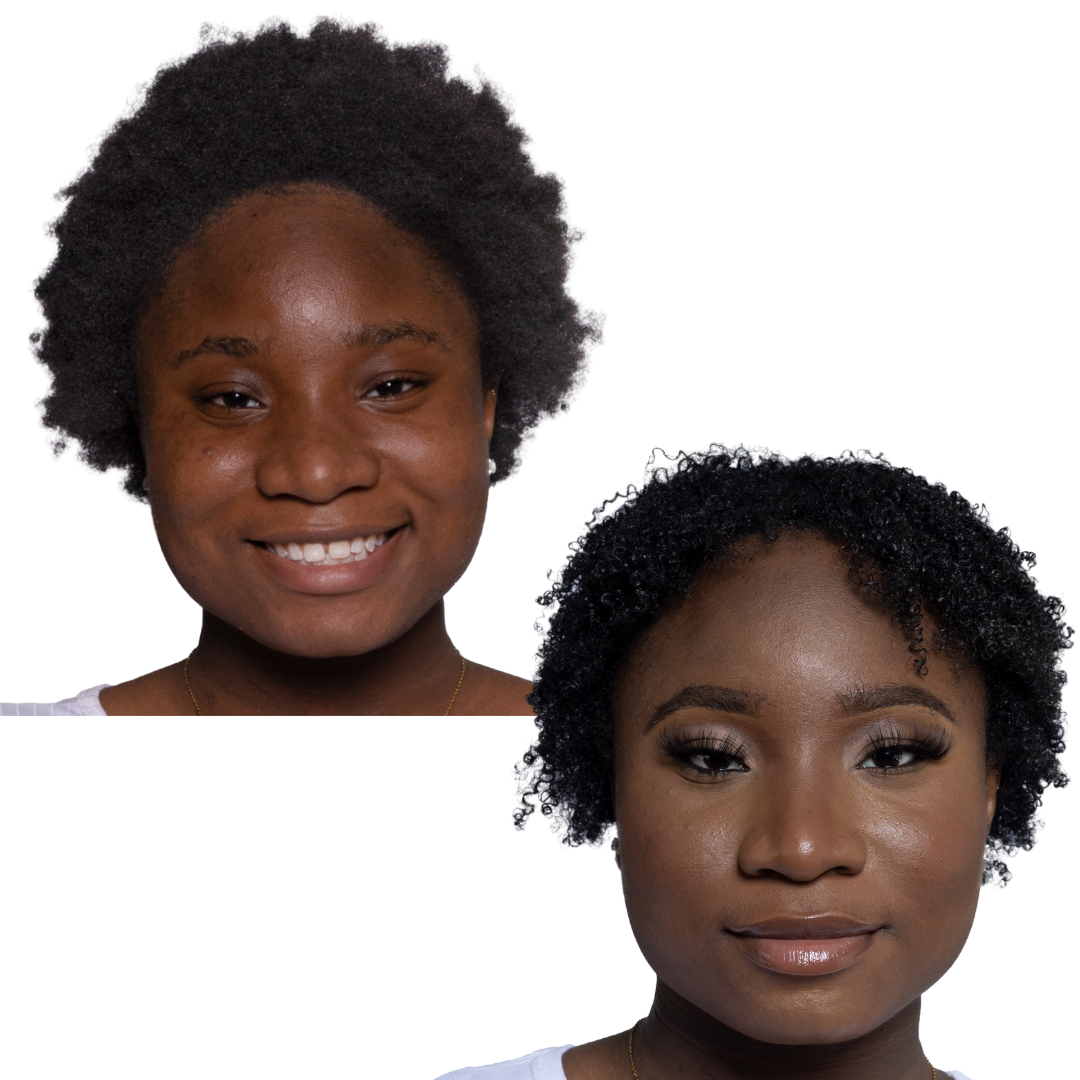
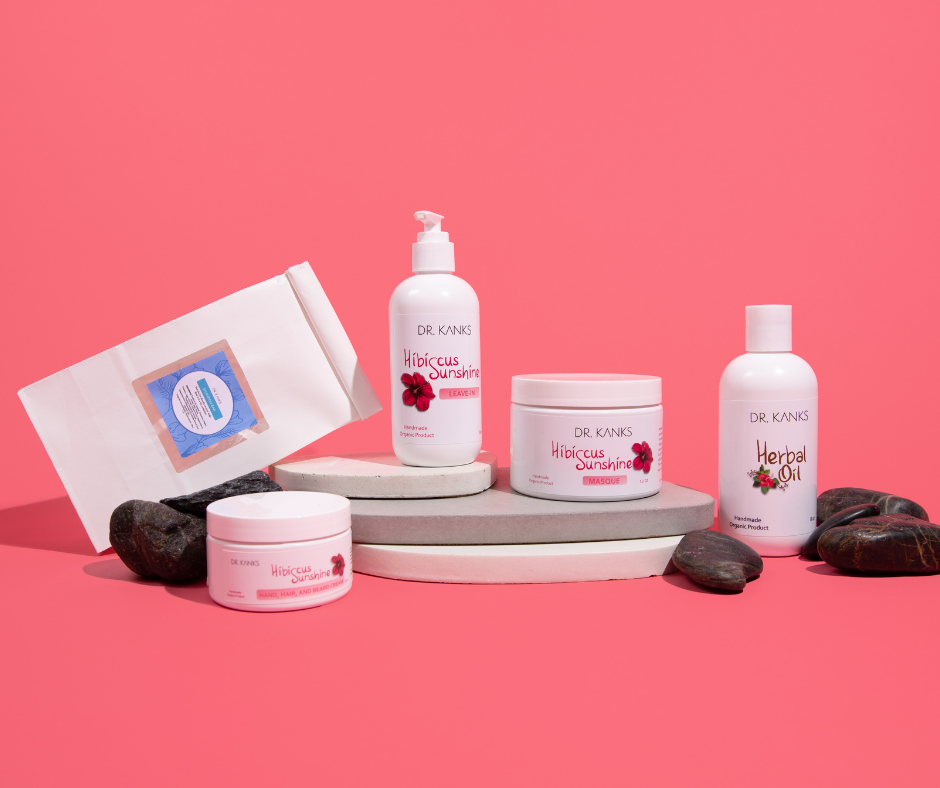

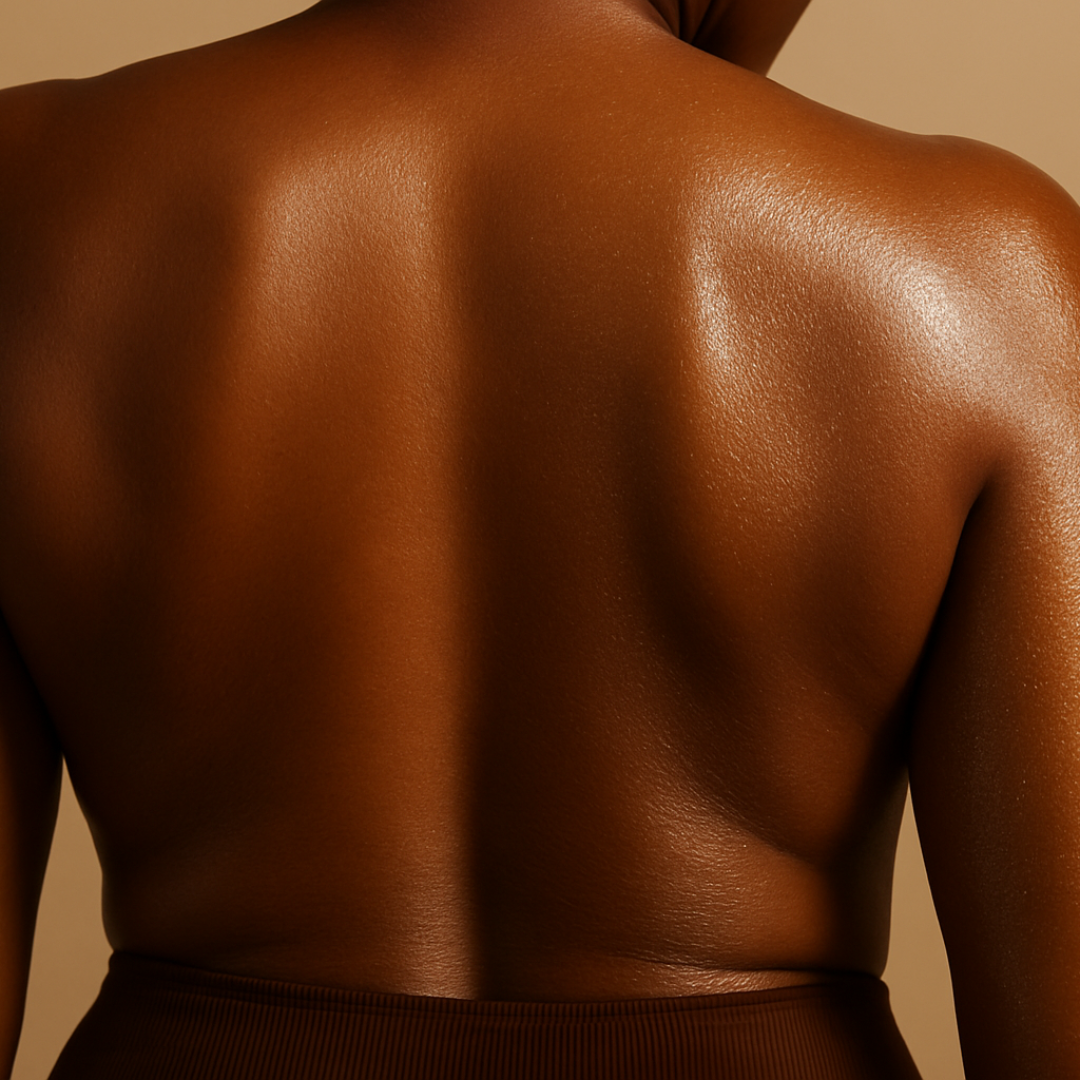
Laisser un commentaire
Ce site est protégé par hCaptcha, et la Politique de confidentialité et les Conditions de service de hCaptcha s’appliquent.